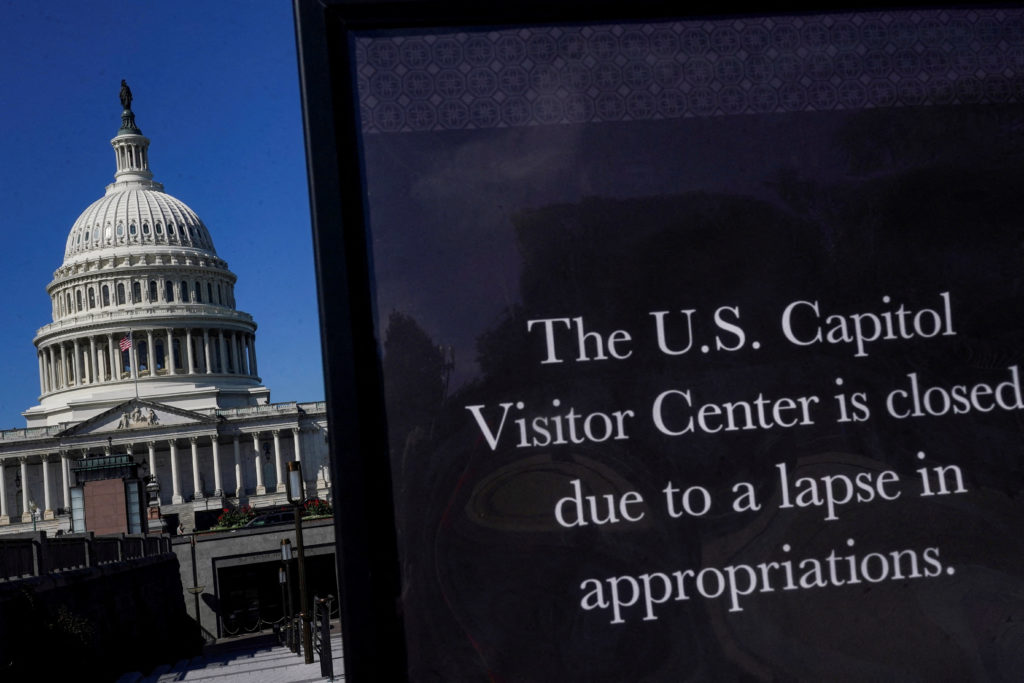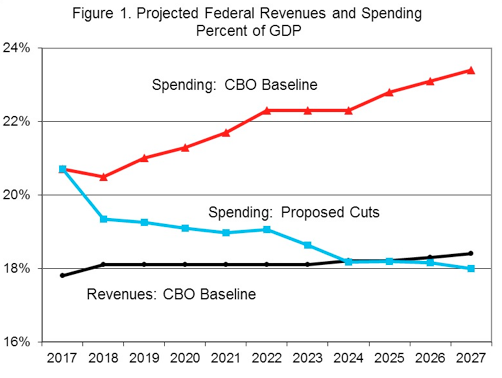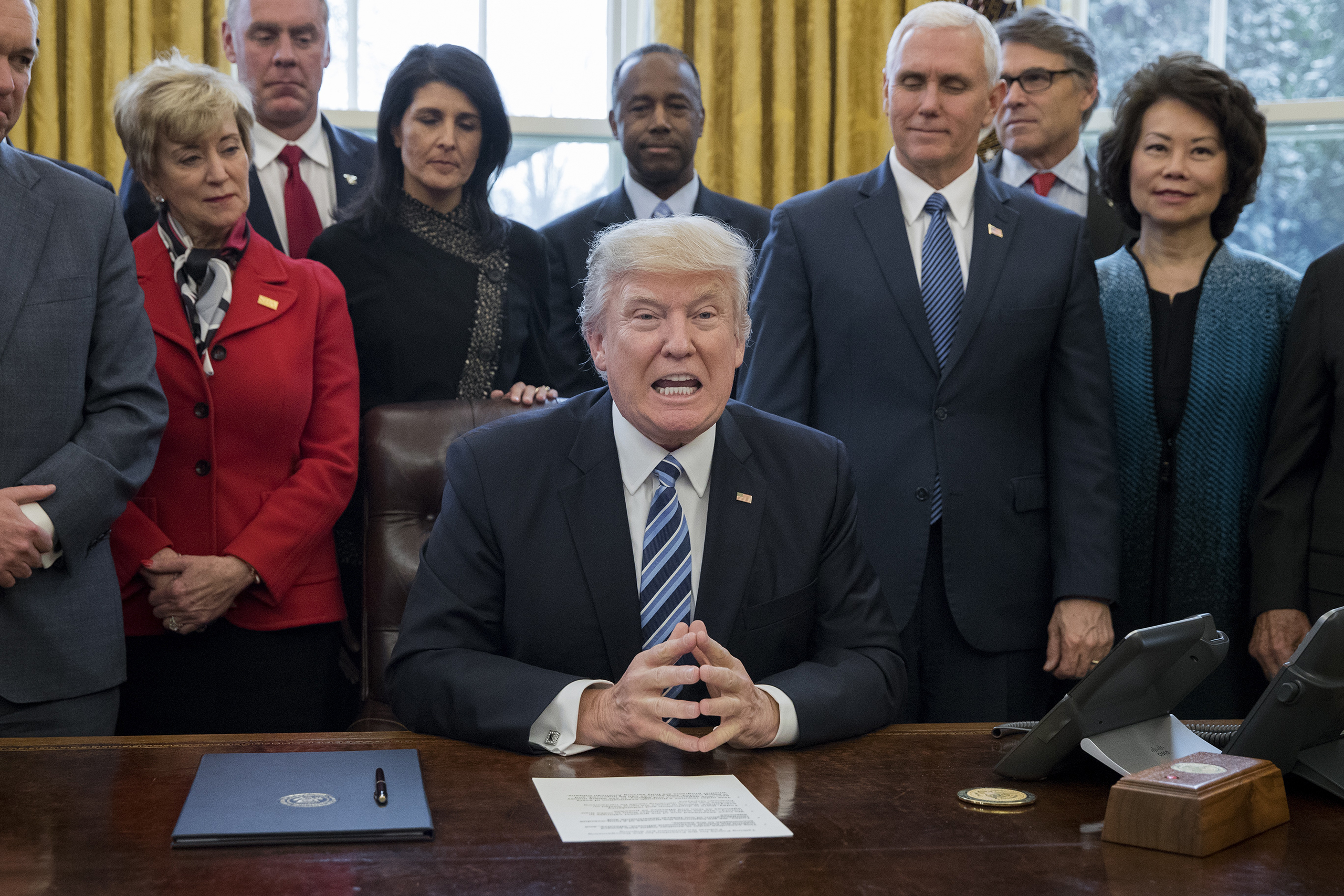Trump's Democrat Agencies Cuts: Government Shutdown Strategy Targets Opposition
Trump's Democrat Agencies Cuts: Government Shutdown Strategy Targets Opposition

President Donald Trump has seized upon the current government shutdown as an "unprecedented opportunity" to target what he calls "Democrat Agencies" for significant cuts and workforce reductions. The strategy marks a dramatic escalation in partisan politics, as Trump threatens to use the crisis to inflict maximum political pain on his opponents while reshaping the federal government.
Table of Contents
Trump's Shutdown Strategy: Targeting Democratic Priorities
As the government shutdown enters its third day, Trump has made clear his intention to weaponize the crisis against Democratic-aligned federal agencies. Speaking through social media, Trump announced plans to meet with Office of Management and Budget Director Russell Vought to determine which "Democrat Agencies" should face permanent cuts.

"I can't believe the Radical Left Democrats gave me this unprecedented opportunity," Trump declared, signaling his view that the shutdown provides political cover for implementing long-desired cuts to federal agencies he views as hostile to his agenda.
The administration has already begun implementing targeted cuts, including freezing $18 billion in infrastructure funding for New York—home to Democratic leaders Chuck Schumer and Hakeem Jeffries—and canceling climate funding for predominantly blue states.
Which Agencies Are Being Targeted for Cuts
White House officials have indicated that smaller, independent agencies are the primary targets for workforce reductions and budget cuts. Early actions have already dismantled several advisory bodies and organizations:
- The Council of the Inspectors General on Integrity and Efficiency has been defunded
- The National Endowment for the Humanities has seen massive staff reductions, retaining only four Trump appointees
- Various climate and environmental programs have faced funding freezes
- Transit funding for Democratic-leaning states has been suspended

White House Press Secretary Karoline Leavitt confirmed that layoffs would number in the "thousands," focusing on agencies that "don't align with the administration's values" and are considered a "waste of taxpayer dollars."
Strategic Targeting of Independent Agencies
The administration's approach appears calculated to maximize political impact while minimizing pushback from Republicans. By focusing on smaller, independent agencies rather than major Cabinet departments, Trump can avoid alienating his own party members while still delivering on promises to reduce the size of government.
Political Implications and Congressional Dynamics
The partisan nature of Trump's cuts strategy has intensified the political blame game surrounding the shutdown. Republicans control both chambers of Congress, but Senate rules require at least eight Democratic votes to pass a funding bill, creating a complex negotiating environment.
House Speaker Mike Johnson has defended Trump's actions, arguing that when Congress fails to pass spending bills, it becomes the president's responsibility to determine how resources are allocated. "He has that responsibility given to him by the Democrats in the Senate," Johnson stated during a press conference.

However, some Republicans have expressed concern about the targeted nature of the cuts. Representatives Mike Lawler of New York, Blake Moore of Utah, and Brian Babin of Texas have raised concerns about potential mass layoffs and the impact on their constituents.
Economic Impact on Federal Workers and Services
The shutdown has immediate consequences for approximately 2 million federal workers, with roughly 750,000 placed on unpaid furlough and others working without pay. Essential services continue, but many government functions have ground to a halt:
- Scientific research programs have been suspended
- Economic data reports are delayed
- Federal museums and attractions have closed to visitors
- Various government services face disruptions
The Congressional Budget Office estimates that if the shutdown continues beyond October 15, when the next paychecks are due, many federal workers could face serious personal financial hardship.
The Project 2025 Connection
Trump's targeting of federal agencies aligns closely with Project 2025, the conservative Heritage Foundation's plan for radically downsizing the federal government. Budget Director Russell Vought, who is meeting with Trump to determine cuts, was a key author of Project 2025.

The administration has already implemented many aspects of the Project 2025 agenda, including dismantling the Department of Education and curtailing environmental regulations. The shutdown provides additional opportunities to accelerate these changes under the guise of necessary budget reductions.
Democratic Response and Legal Challenges
Democrats have condemned Trump's approach as "hostage-taking" that violates Congress's constitutional authority over federal spending. Senate Democrat Patty Murray warned that threatening federal workers won't help resolve the legislative impasse.
"If the president fires a bunch of people, it's not because of his shutdown—it's because HE decided to fire them," Murray stated. "People aren't negotiating tools & it's sick that the president is treating federal workers like pawns."
Several federal employee unions have filed lawsuits to prevent mass layoffs, though federal courts have allowed some workforce reductions to proceed while cases are being litigated.
Looking Ahead: Resolution Prospects
The shutdown is expected to continue at least until Friday, when the Senate reconvenes to address the funding crisis. The core dispute remains unchanged: Republicans want a "clean" funding bill without additional provisions, while Democrats insist on including healthcare insurance subsidies set to expire at year's end.
Polling suggests the public remains divided along party lines regarding blame for the shutdown, with both sides pointing fingers at their opponents. However, if Trump follows through on threats of mass layoffs, it could shift public opinion regarding responsibility for the crisis.
Frequently Asked Questions
What are "Democrat Agencies" that Trump wants to cut?
Trump uses this term to refer to federal agencies he views as aligned with Democratic priorities, including environmental agencies, regulatory bodies, and organizations focused on climate change, social programs, and oversight functions that he considers politically opposed to his agenda.
How many federal workers could be affected by the cuts?
The White House has indicated that layoffs could number in the "thousands," with approximately 750,000 federal workers already on unpaid furlough during the shutdown. Trump is reportedly targeting 300,000 federal workers for elimination by the end of the year.
Is this strategy legal and constitutional?
While the president has some authority to manage the executive branch during a shutdown, Democrats argue that targeting specific agencies for political reasons violates Congress's constitutional power over federal spending. Multiple lawsuits are challenging the administration's actions.
How does this shutdown compare to previous ones?
This is the 15th government shutdown since 1981. While previous shutdowns have been primarily about budget disputes, Trump's explicit targeting of "Democrat Agencies" for permanent cuts represents an unprecedented politicization of the shutdown process.
The current government shutdown represents more than a typical budget dispute—it's become a strategic weapon in Trump's campaign to reshape the federal government according to his political priorities. As negotiations continue, the outcome will likely have lasting implications for both the structure of federal agencies and the precedent for future shutdown politics.
Stay informed about this developing story and share this article to help others understand the complex dynamics of Trump's government shutdown strategy and its potential impact on federal agencies and workers.